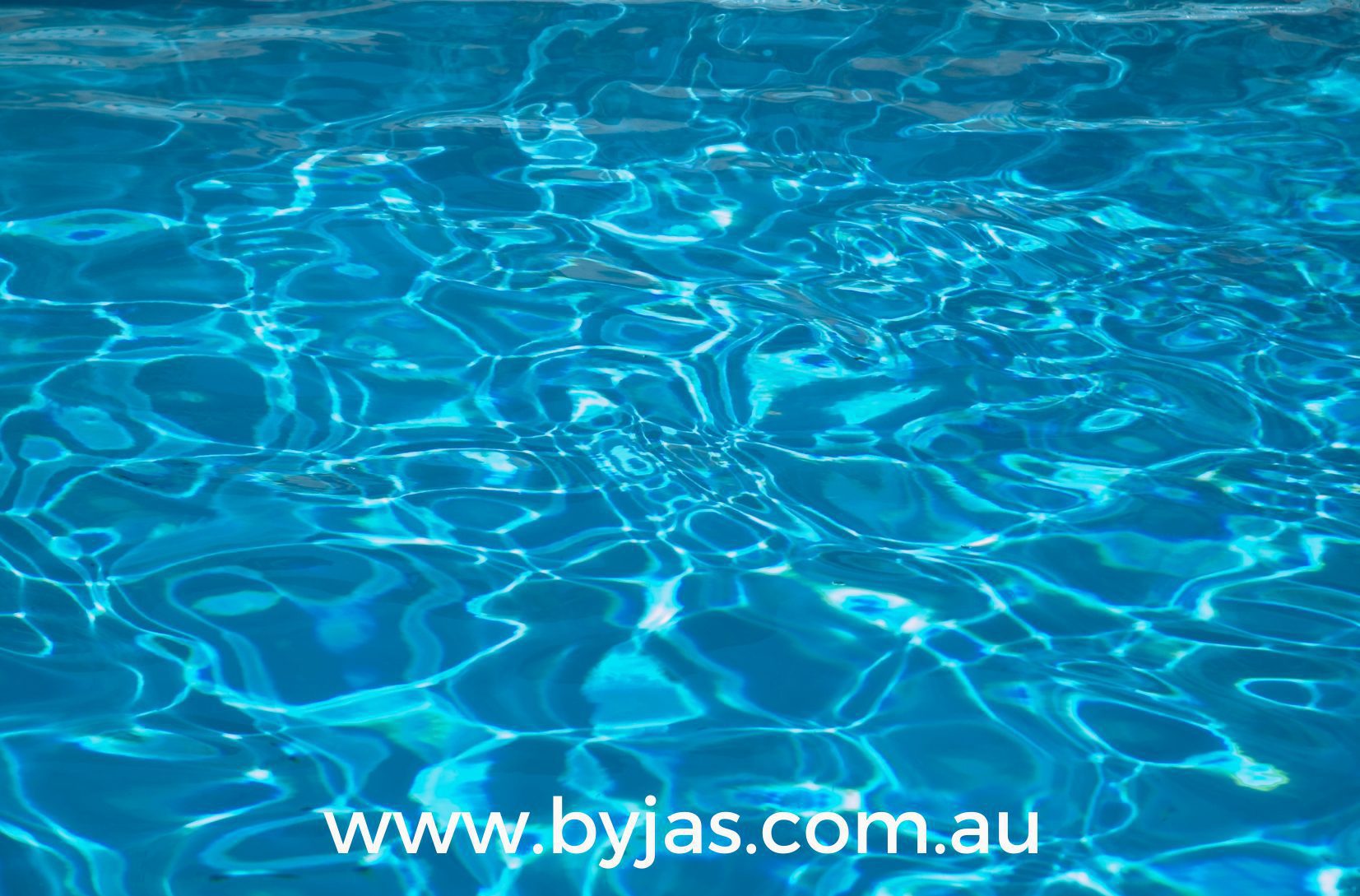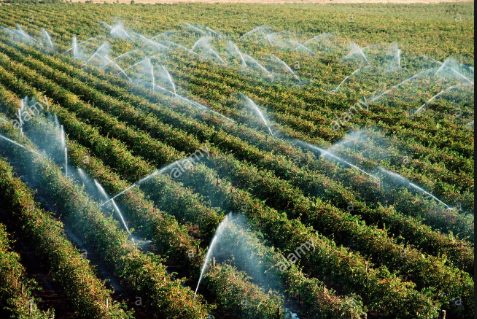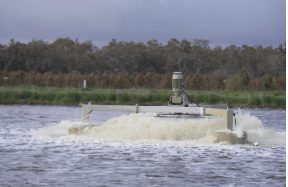How to Treat Sewage?
Sewage is used water that has been polluted and generated from human activities and also rainwater runoff. it is also known as wastewater. Sewage contains substances, such as food scraps, oils, soaps, chemicals and human waste. In all homes, it includes water from the kitchen, showers, bathtubs, washing machines, dishwashers, and toilets. Industries and businesses also have their share of liquid waste that must be cleared and cleaned before they are directed out to the environment.
The treatment plants produced by By-Jas Engineering can reduce the pollutants in sewage to a level that can be handled by nature. If sewage treatment is not properly done, this can cause many types of diseases. Making water safe for use is a means of caring for our environment and our own health.
Sewage treatment consists of three stages, as follows:
Stage 1 (Preliminary Treatment)
Wastewater enters the plant and large objects, such as plastics, cotton buds, baby wipes, rubbish and rags are removed by the specifically designed filter screens.
Then the wastewater goes through the grit removal tank, where heavy inorganic materials, such as rocks and minerals settle to the tank bottom. The tank is then drained, and the water goes into the next treatment stage.
Stage 2 (Primary Treatment)
The next stage is done at the sedimentation tanks (also called clarifiers and settling tanks). Here, the particles in the water sink to the bottom and form a sludge. Then the sludge is pushed to the end of the tank, by mechanical scrapers and pumped to a treatment area for sludge.
Stage 3 (Secondary Treatment)
At this stage the water is already partially clear, however, some organic matters and dissolved nutrients are still present, so they need to be removed.
The aeration process is done, when air is pumped into the tank to encourage the growth of microbes that form “activated sludge” flocks. They need oxygen, so they can break down the remaining organic materials. This process is an ideal alternative to chemical processing.
Once the activated sludge flocks have finished their job, the water goes to the secondary sedimentation tank, which is the final stage of the sewage treatment and the water can now be safely discharged to the water streams.
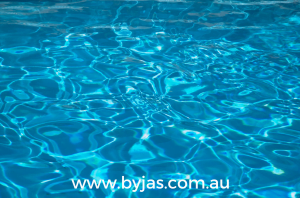
If you’re looking to install a sewage treatment plant on your property, don’t go past By-Jas Engineering. We have a range of sewage treatment plants and systems, including services for both commercial and domestic applications. We are able to supply you with sewage treatment solutions and maintain your plant and equipment thereon.
We have an expert team of engineers, who design and manufacture wastewater treatment plants that comply with the Australian standards, which are easy to install and perform efficiently. Whatever the location of your project and whatever challenges you may encounter, we make sure that we can deliver your needed treatment plant according, to your requirements and specifications.
Contact us at (03) 5979 1096 and let’s discuss how we can help you, with the sewage treatment project that you’ve been planning to build. For more information, simply browse our website www.byjas.com.au.
We service the main capital cities of Australia, regional town centres, and all other regional areas and across Australia.
SHARE:
What you can read next

Waste water treatment for Wineries
Wineries across Australia are producing record ...

Specialising in the Winery Industry
We cater to the winery industry in order to red...
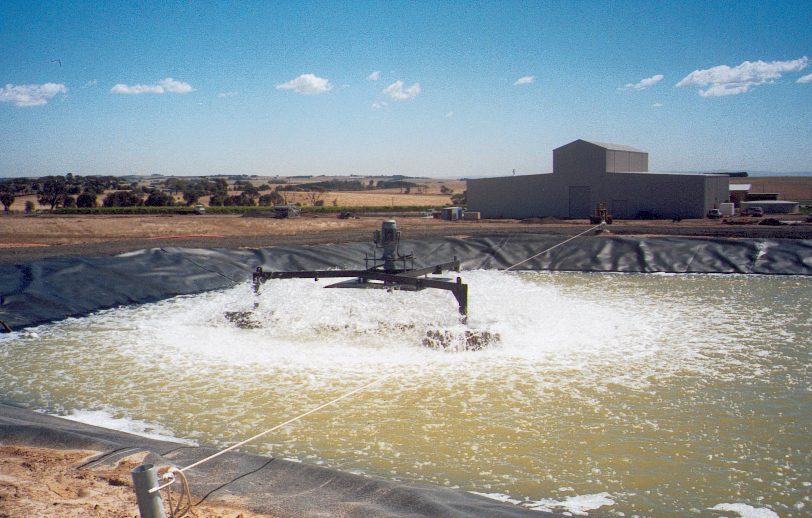
Irrigation efficiency for Wineries
As we know wineries produce wastewater from the...
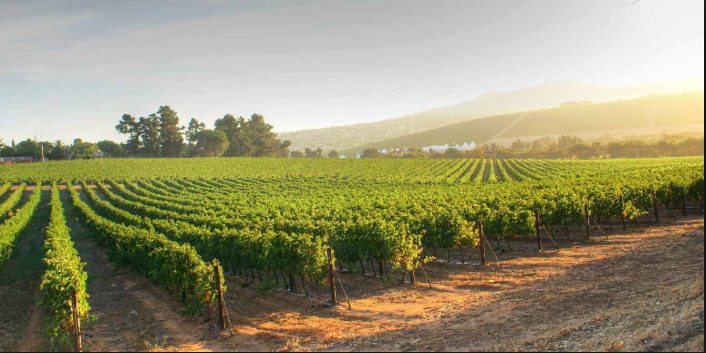
What is Involved in the Process of Winery Wastewater Treatment?
Winery wastewater is generated from the winery’s...

Want to remove waste water efficiently
Are you looking for a cheaper and more environmen...

Why Choosing a Wastewater Equipment Manufacturer Provides a Better Option?
Why Choosing a Wastewater Equipment Manufact...

Why Are Bacteria Used in Sewage Treatment?
Wastewater treatment is society’s way of giving...

